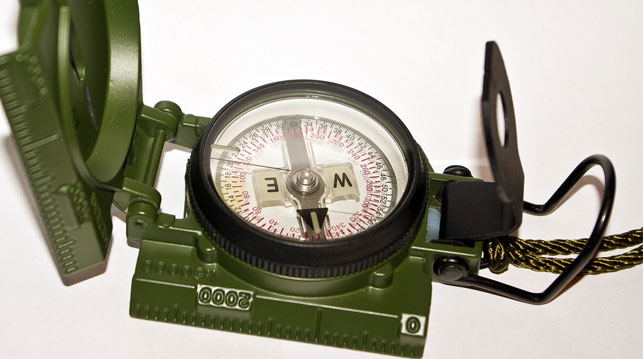
In a previous post, I wrote about relatable lessons for writers I’ve observed when teaching my fifth-grade students. Specifically, good writers know what good writing looks like, take a creative approach to finding a topic that keeps their interest, organize their thoughts before beginning to write, and understand and practice the parts before attempting the whole. These are common struggles for writers of all levels.
In today’s post, I’ll share my thoughts on another relatable lesson. Good writers follow directions! Following directions is key in most activities, especially for writing assignments, which are most often accompanied by extensive written directions. But how often does a writing teacher go to grade written work, only to find that a significant portion of the students failed to follow the directions? Very often!
Get a free sample proofread and edit for your English document.
Two professional proofreaders will proofread and edit your English document.
I know quite a few educators from elementary school through college, and in discussions over the years we have agreed this is a big problem. In today’s post, I’ll offer writers tips to avoid setting yourself up for failure by failing to follow directions.
Write the Right Amount
This may seem like a no-brainer, but write how much is requested. An assignment or prompt typically specifies how long the answer should be:
Even when specified so clearly, students often fail to write the correct amount. A college professor I know recently told me about half of his class responding in a single paragraph to an essay that he instructed them to write in two pages. Many of my fifth graders will often write five words in response to a question for which I requested a full paragraph (not even in a complete sentences, but don’t let me get started on that…). Here’s a guide to how many words, sentences, and paragraphs make up written responses of various lengths in elementary to high school assignments:
| # of Words | # of Paragraphs | Description | |
| Paragraph | 100–200* | n/a | A paragraph is about a single idea, beginning with an introductory sentence that you back up with several supporting points. A paragraph about a fairly simple idea has three-to-five sentences, and a more complex idea requires a longer paragraph. |
| 2-page essay | 500–600 | 4–6 | A two-page essay is a standard “five-paragraph essay” (the actual number of paragraphs may vary a bit). It consists of an introductory paragraph with a thesis, two-to-four paragraphs each containing several supporting points backed by details, and a concluding paragraph. |
| 5-page essay | 1,250–1,500 | 6–12 | This is similar to a two-page essay but the discussion is more involved with more or more-detailed supporting paragraphs. |
*If you’re working with Microsoft Word, it keeps a count of your words in the lower left-hand corner. If you want to know the count for a section of the page, highlight it, and the word count will show how many words are in just that second (e.g., 256 OF 879 WORDS).
A good general rule is two to three paragraphs per page.
Write the Right Stuff
You cannot do what you do not understand, so the first step in a writing assignment is making sure you understand the instructions. Assuming you take the time to notice, knowing how much to write is simple, but knowing what is being asked is not always easy. Begin by reading the question and instructions carefully, and ask your instructor if you are not sure what is being requested. Putting the prompt of assignment into your own words in list form can be helpful, especially for prompts with multiple parts. This list can later be a checklist you use to determine if you’ve completed the assignment.

Once you are sure you understand what is being asked, plan your attack. A few notes might suffice, or you might want to do a full outline for your essay. The more complicated the assignment, the more detailed your planning process should be. No matter whether the task is complex or simple, make sure your plan accounts for all parts of what is being asked. It is incredibly common for a written response to start out in a promising direction, only to have peter out before it addresses all that it is supposed to.
After writing and revising, take a look back at the assignment and any lists or outlines you’ve created in planning your work and make sure you’ve accomplished what you set out to do. The best-laid plans are only effective if they are followed through. Revise further, proofread, and you should be good to go!
Special note to university and high school students: Many institutions have writing centers to help you throughout the writing process, so take advantage of this if available.
Final Thoughts
If you are not a student, keep in mind that writing tasks outside of class require the careful approach described in today’s post as well. Reports for work, application essays, short answer questions on forms, and written portions of standardized tests require writers to follow the directions to be successful as well.
Sarah P.
Get a free sample proofread and edit for your English document.
Two professional proofreaders will proofread and edit your English document.
Get a free sample proofread and edit for your document.
Two professional proofreaders will proofread and edit your document.
We will get your free sample back in three to six hours!